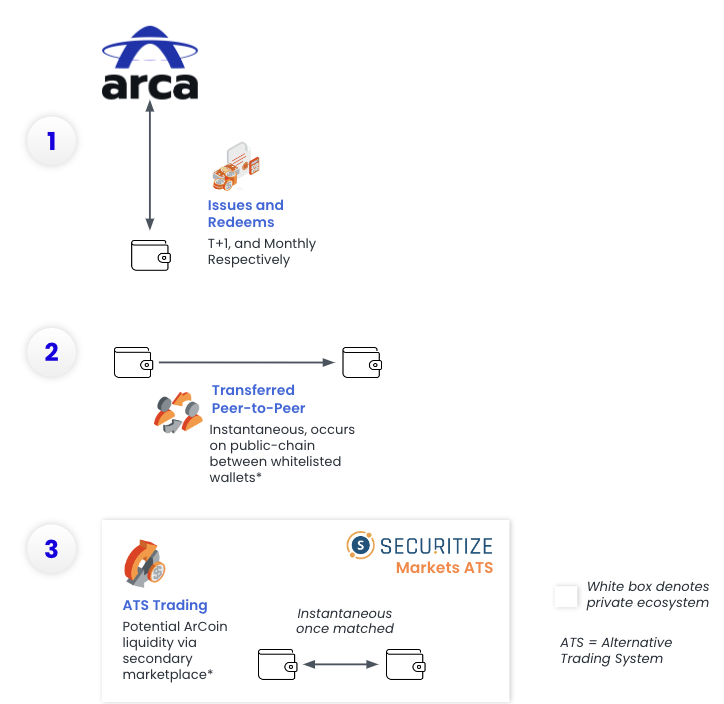Podcast Summary
This podcast episode delves into the intricacies of liquid staking protocols, focusing on Stride, a liquid staking protocol in the Cosmos ecosystem. The discussion also explores the alignment between Stride and the Cosmos Hub, the challenges of on-chain governance, and the future of Ethereum and Celestia in the context of rollup ecosystems.
Key Takeaways
Liquid Staking and Stride
- Stride’s Role: Stride is a liquid staking protocol in Cosmos that takes token deposits and issues ST tokens against them, with rewards being auto-compounded. It uses interchange security, inheriting the validator set of the Cosmos Hub, which provides decentralized and secure validation.
- Alignment with Cosmos Hub: Stride pays 15% of its inflation and revenues from liquid staking to the Cosmos Hub in exchange for security services, resulting in a significant increase in Stride’s economic security.
- Principal-Agent Problem: The alignment between liquid staking protocols and their users, as well as the underlying chain, presents a principal-agent problem that needs to be addressed. Dual governance, where token holders have governance rights and stTIA holders have veto rights, is one approach to aligning incentives and mitigating this problem.
Challenges and Solutions in Liquid Staking
- Validator Selection: Stride has implemented solutions such as councils from host chains and a copy-staking approach to honor the validator set chosen by the community. Different chains have different preferences for decentralization and network performance, and Stride adapts its processes accordingly.
- On-Chain Governance: The lack of clear on-chain governance in Ethereum and Celestia makes it difficult to determine the right course of action for these networks. The Cosmos Hub and Osmosis are examples of blockchain networks with reasonable on-chain governance and intentional decentralization of validators.
- Regulation and Checks: The role of regulation, checks and balances, and the right to exit in keeping liquid staking protocols in check is discussed.
Future of Ethereum and Celestia
- Rollup Ecosystems: Ethereum and Celestia are converging in their design by minimizing activity on the base chain and exporting assets to their respective ecosystems of rollups. The competition between Ethereum and Celestia in terms of their rollup ecosystems will likely involve a blurring of the lines between L1 and L2 solutions.
- Gas Token and Base Asset: Path dependence will play a significant role in determining the gas token and base asset in each ecosystem. The barriers to using different chains will continue to break down, making it easier for users to choose the assets they prefer.
- Stride’s Future Plans: The plans for Stride include launching with ST secured by a multisig on the back end, migrating to interchain accounts in a few months, and implementing a ZK rollup approach in around 12 months.
Sentiment Analysis
- Bullish: The podcast presents a bullish sentiment towards the future of liquid staking protocols, particularly Stride. The discussion highlights the potential of Stride to increase its economic security through its alignment with the Cosmos Hub and its innovative solutions to the principal-agent problem. The future plans for Stride also indicate optimism about its growth and development.
- Neutral: The sentiment towards the challenges of on-chain governance and the future of Ethereum and Celestia is neutral. While the podcast acknowledges the complexities and uncertainties in these areas, it also presents potential solutions and future trends that could shape their development.














